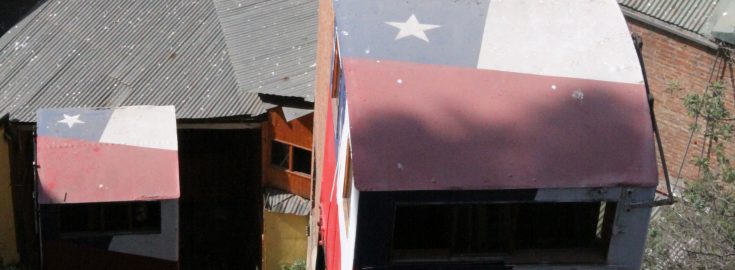
Search
Foto: David Álvarez Veloso
Joined MPPN: 2013
National MPI
For details of the National MPI of Chile including the latest reports, the national MPI structure, and references to MPI in Voluntary National Reviews, please visit this page on the OPHI website.
Events
- 2021 | Chile as host of the 8th High-Level Annual Meeting of MPPN
- 2021 | Intervention by Chaney John, Director General, Angola National Statistics Office, at UNSC 52 Side Event
- 24 September 2020 | Intervention by H.E. Sebastian Piñera, President of Chile as host of UNGA 75 Side Event.
- 5 March 2020 | Intervention by Sandra Quijada, National Director, National Institute of Statistics (INE), at the UNSC 51 Side Event
- 25 September 2019 | Intervention by H.E. Teodoro Ribera Neumann, Minister of Foreign Affairs, Chile at UNGA 74 Side Event
- 2019 | Presentation by Alejandra Candia, Deputy Minister of Social Development, at thematic conference on ‘Exchanging experience in Child Multidimensional Poverty Measurements and Reduction’ (Video)
- 2017 | Presentation on ‘Designing an MPI’ by Heidi Berner, Vice Minister, Ministry of Social Development, at 5th High-Level Annual Meeting of MPPN (2017)
- 2017 | Intervention by Heidi Berner, Vice Minister, Ministry of Social Development, at the High-Level Political Forum on Sustainable Development (2017)
- 2016 | Intervention (Video) by Heidi Berner, Vice Minister, Ministry of Social Development, at 4th High-Level Annual Meeting of MPPN
- 27 September 2015 | Intervention by H.E. Marcos Barraza Gómez, Minister of Social Development of Chile at UNGA 70 Side Event
- 24 September 2013 | Intervention by Bruno Baranda, Minister of Social Development, at UNGA 68 Side Event













